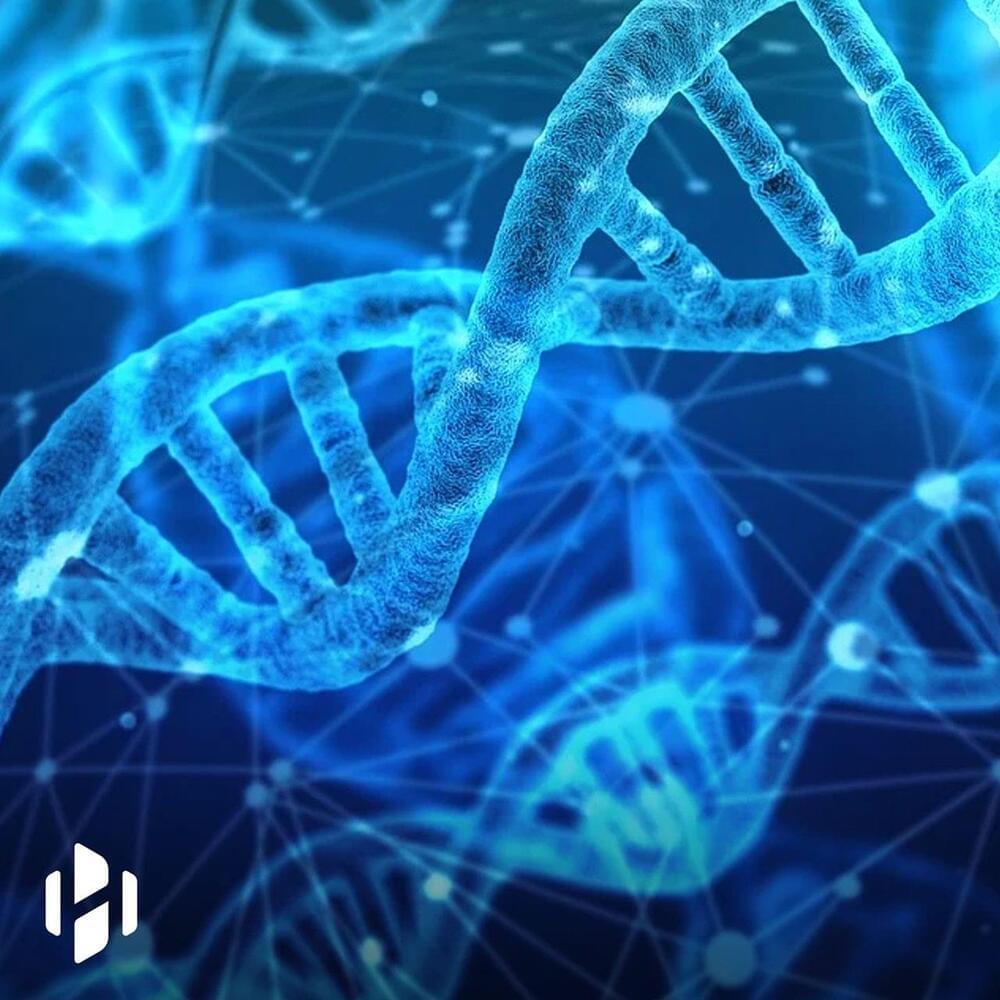
Category: biotech/medical – Page 1,656

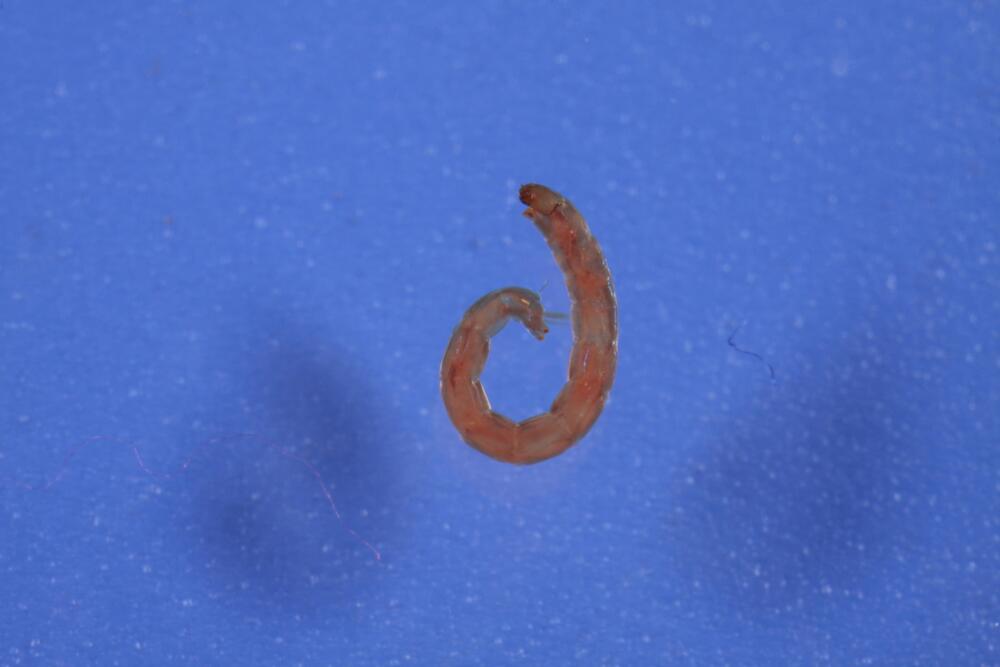
Researchers decipher genetic mechanism that makes the midge invulnerable to harsh conditions
Circa 2014
New collaborative research published in the journal Nature Communications by scientists from Japan, Russia and the US contains the genetic analysis on a species of African midge, which can survive a wide array of extreme conditions including large variations in temperature, extreme drought and even airless vacuums such as space. The team successfully deciphered the genetic mechanism that makes the midge invulnerable to these harsh conditions. Prof. Noriyuki Satoh and Dr. Takeshi Kawashima of Prof. Satoh’s Marine Genomics Unit, as well as Prof. Alexander Mikeyhev of the Ecology and Evolution Unit, and Mr. Manabu Fujie and Dr. Ryo Koyanagi of the DNA Sequencing Section at the Okinawa Institute of Science and Technology Graduate University have contributed to the collaboration.
The midge, Polypedilum vanderplanki, is capable of anhydrobiosis, a unique state that allows an organism to survive even after losing 97% of its body water. Anhydrobiotic organisms are also able to survive other severe conditions such as extreme temperatures ranging from 90°C to-270°C, vacuums and high doses of radiation; all of which would be lethal to most other life forms.
The midge found in northern Nigeria lives in an environment where the dry season lasts for at least six months and droughts can last up to eight months. By the time eggs have hatched and larvae have developed, the pools of water they breed in have dried up. However these dried larvae can survive in this dehydrated state for more than 17 years. “This is a very interesting kind of phenomena,” remarks Prof. Satoh. “The first descriptions of this midge were more than 60 years ago… But serious research started only ten years ago.”
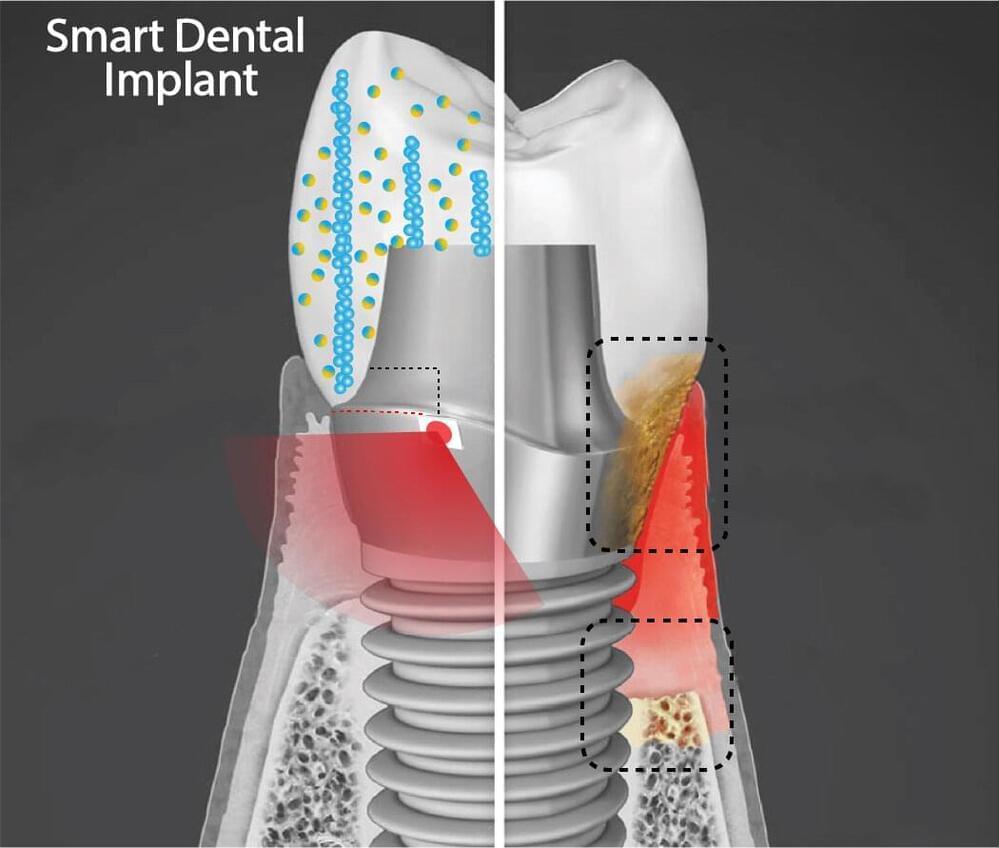
Researchers developing smart dental implants that resist bacterial growth, generate their own electricity
Hwang and colleagues lay out their platform, which could one day be integrated not only into dental implants but other technologies, such as joint replacements, as well.
More than 3 million people in America have dental implants, used to replace a tooth lost to decay, gum disease, or injury. Implants represent a leap of progress over dentures or bridges, fitting much more securely and designed to last 20 years or more.
But often implants fall short of that expectation, instead needing replacement in five to 10 years due to local inflammation or gum disease, necessitating a repeat of a costly and invasive procedure for patients.
“We wanted to address this issue, and so we came up with an innovative new implant,” says Geelsu Hwang, an assistant professor in the University of Pennsylvania School of Dental Medicine, who has a background in engineering that he brings to his research on oral health issues.
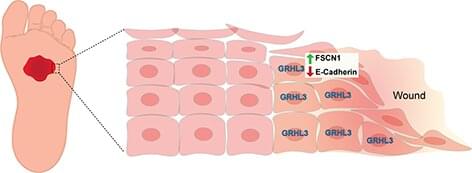
Research uncovers new mechanism that promotes wound healing in skin
What’s exciting about our findings is that we have identified a molecular pathway that is activated in normal acute wounds in humans, and altered in diabetic wounds in mice,” said Ghaidaa Kashgari, Ph.D., a postdoctoral researcher in the UCI School of Medicine Department of Medicine. “This finding strongly indicates clinical relevance and may improve our understanding of wound healing biology and could lead to new therapies.
A University of California, Irvine-led study identifies a new molecular pathway that promotes the healing of wounds in the skin. Titled “GRHL3 activates FSCN1 to relax cell-cell adhesions between migrating keratinocytes during wound reepithelialization,” the study was published today in JCI Insight.
The molecular pathway identified is controlled by an evolutionary conserved gene called a Grainyhead like 3 (GRHL3), which is a gene required for mammalian development. Without this gene, several abnormalities may occur, including spina bifida, defective epidermal barrier, defective eyelid closure and soft-tissue syndactyly, a condition in which children are born with fused or webbed fingers.
The study reveals how during wound healing, GRHL3 works to activate a protein coding gene called Fascin Actin-Bundling Protein 1 (Fscn1) to loosen the adhesion between wounded skin cells so they can migrate efficiently to close the wound. Researchers also found that alterations in this process may result in chronic, non-healing wounds, such as diabetic ulcers that affect millions of patients every year.
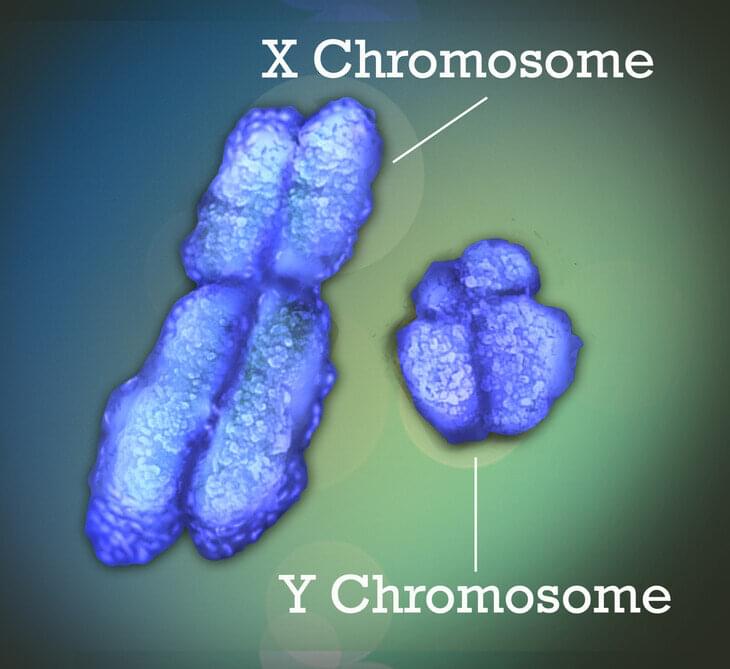
New tool reveals genetic influence of some sex-biased diseases, including lupus
Many human diseases can differ between males and females in their prevalence, manifestation, severity or age of onset. Examples include Lupus, where more than 80% of patients are females; Alzheimer’s disease, where females have higher incidence and tend to suffer quicker cognitive decline; and COVID-19 infections that are frequently more severe in males.
These sex differences may have a genetic basis that is attributable to the sex chromosomes. The X chromosome—one of the two sex chromosomes—is known to play an important role in human development and disease. New research led by Penn State College of Medicine reveals for the first time that sex-biased diseases can be attributable to genes that escape X chromosome inactivation (XCI), a process that ensures that females do not overexpress genes on their X-chromosomes.
The team developed a genetic tool that can identify these XCI escape genes, and it may also help in determining whether a female will develop a sex-biased disease and if the disease will become progressively worse over time. The tool may even be useful in understanding the sex differences in immune responses to COVID-19, as the disease is thought to produce more severe symptoms and higher mortality in men than in women.
The Future of Aging | Dr. Harold Katcher Interview Series 2 — Ep5
In this video Dr. Katcher reveals his thought on the future of aging if E5 is fulfils on its promise.
Dr Katcher’s book is on Amazon.
The Illusion of Knowledge: The paradigm shift in aging research that shows the way to human rejuvenation.
https://amzn.to/3jJ5deD
Dr Harold Katcher is one of the discovers of the human breast cancer gene BRCA1, and has thousands of citations in the scientific literature with publications ranging from protein structure to bacteriology, bioinformatics and biochemistry. He was the Academic Director for Natural Sciences of the University of Maryland Global Campus and is now the Chief Scientific Officer at Yuvan Research Inc, a company working on the development of rejuvenation treatments.
Dr Katcher’s new book, the Illusion of Knowledge, the paradigm shift in aging research that shows the way to human rejuvenation will be launched on 4th September 2021 and is already available in electronic form. The book launch will take place at The Book Passage in the Ferry Building in San Francisco at 3:00 pm Pacific Time.
************************************************************
Health claims Disclosure: Information provided on this video is not a substitute for direct, individual medical treatment or advice. Please consult with your doctor first. Products or services mentioned in this video are not a recommendation.
Audio Copyright Disclaimer:
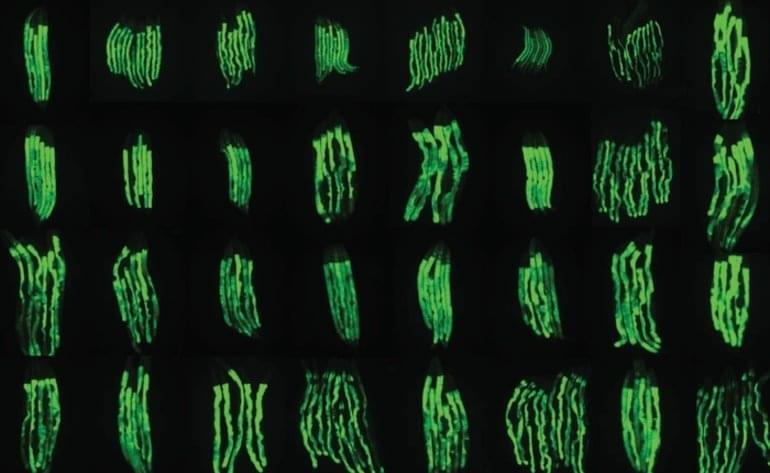
Aging: It’s More Complicated Than We Thought
Summary: A new study on aging reveals a surprising discovery about the connection between protein shape and mitochondrial health.
Source: Buck Institute.
Every cell in the body goes through thousands of chemical reactions each day, and each reaction involves tiny protein molecules folded into precise shapes to perform their functions. Misfolded proteins underlie some of the most common and devastating diseases of aging, like Alzheimer’s and Parkinson’s. A major focus of aging research is discovering ways to maintain protein shape and prevent misfolded proteins from wreaking havoc on cellular function.

Power of Light and Oxygen Clears Alzheimer’s Disease Protein in Brains of Live Mice
New photo-oxygenation catalyst targets amyloid structure, recruits brain immune system cells.
A small, light-activated molecule recently tested in mice represents a new approach to eliminating clumps of amyloid protein found in the brains of Alzheimer’s disease patients. If perfected in humans, the technique could be used as an alternative approach to immunotherapy and used to treat other diseases caused by similar amyloids.
Researchers injected the molecule directly into the brains of live mice with Alzheimer’s disease and then used a specialized probe to shine light into their brains for 30 minutes each day for one week. Chemical analysis of the mouse brain tissue showed that the treatment significantly reduced amyloid protein. Results from additional experiments using human brain samples donated by Alzheimer’s disease patients supported the possibility of future use in humans.

Artificial brain networks simulated with new quantum materials
Isaac Newton’s groundbreaking scientific productivity while isolated from the spread of bubonic plague is legendary. University of California San Diego physicists can now claim a stake in the annals of pandemic-driven science.
A team of UC San Diego researchers and colleagues at Purdue University have now simulated the foundation of new types of artificial intelligence computing devices that mimic brain functions, an achievement that resulted from the COVID-19 pandemic lockdown. By combining new supercomputing materials with specialized oxides, the researchers successfully demonstrated the backbone of networks of circuits and devices that mirror the connectivity of neurons and synapses in biologically based neural networks.
The simulations are described in the Proceedings of the National Academy of Sciences (PNAS).
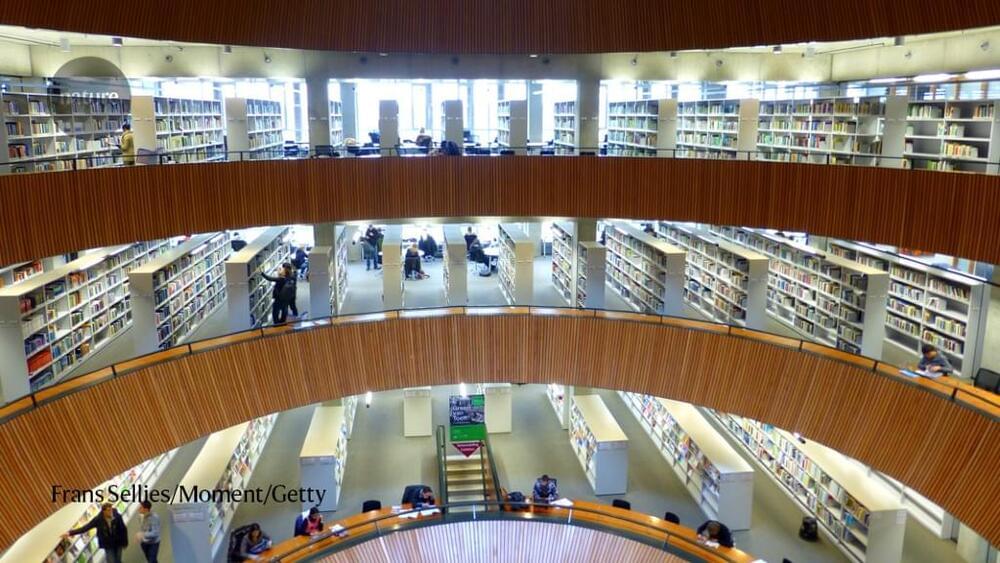
License CRISPR patents for free to share gene editing globally
Wageningen is one of a clutch of research institutions globally that hold patents on CRISPR, a technique that enables precise changes to be made to genomes, at specific locations. Other institutions — including the Broad Institute in Cambridge, Massachusetts, and the University of California, Berkeley, which have some of the largest portfolios of patents on the subject — also provide CRISPR tools and some intellectual property (IP) for free for non-profit use. But universities could do better to facilitate access to CRISPR technologies for research.
Universities hold the majority of CRISPR patents. They are in a strong position to ensure that the technology is widely shared for education and research.